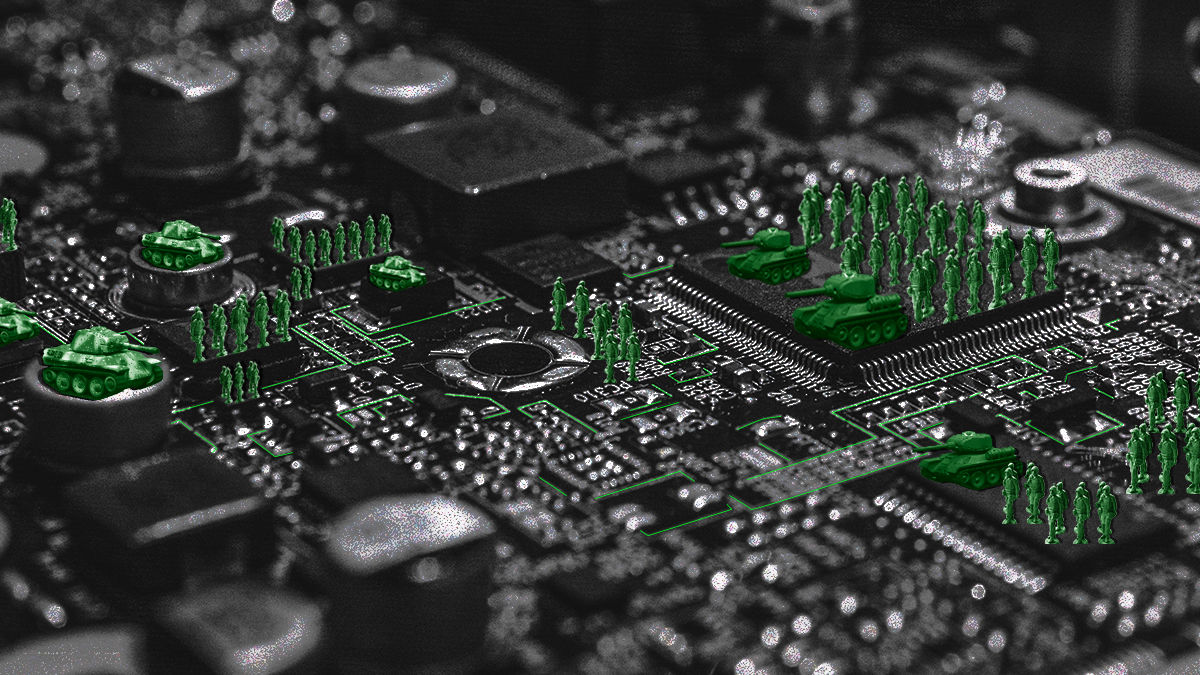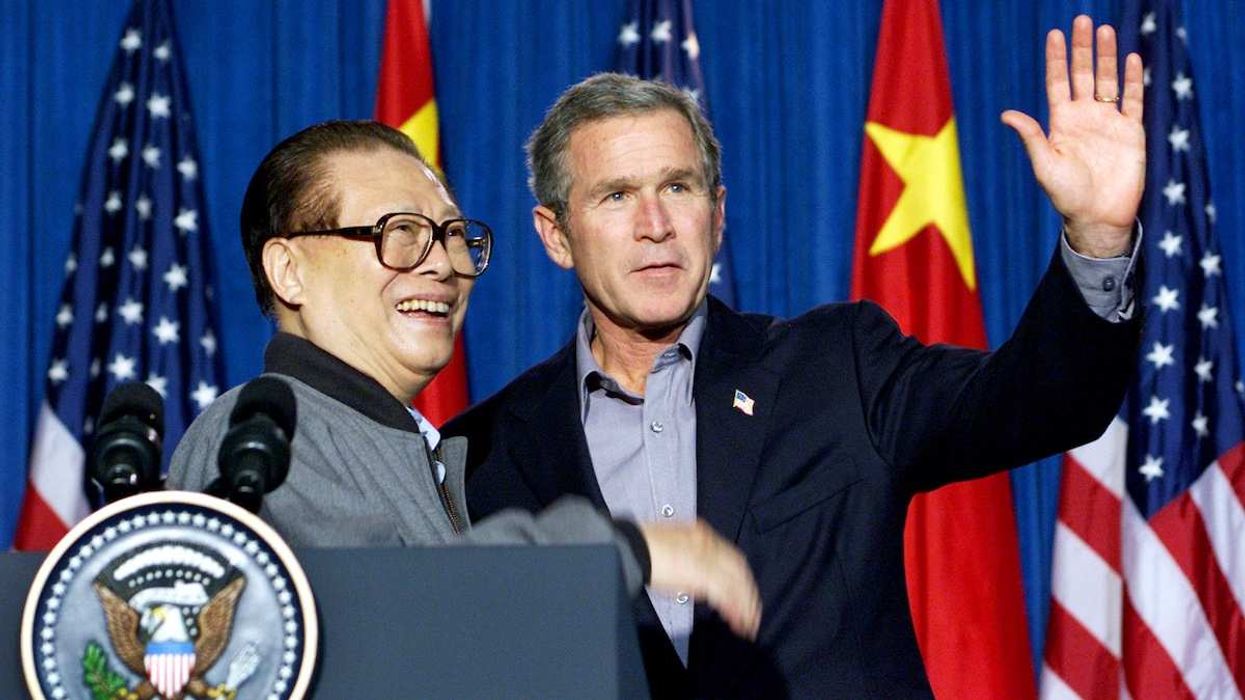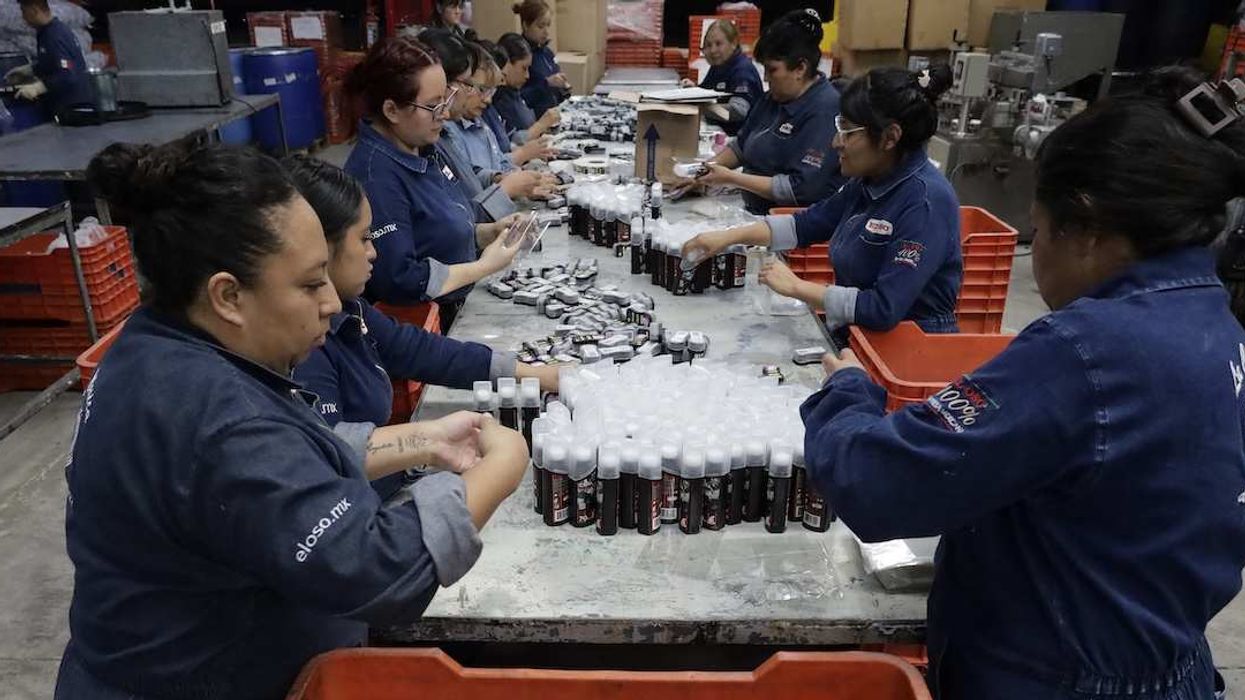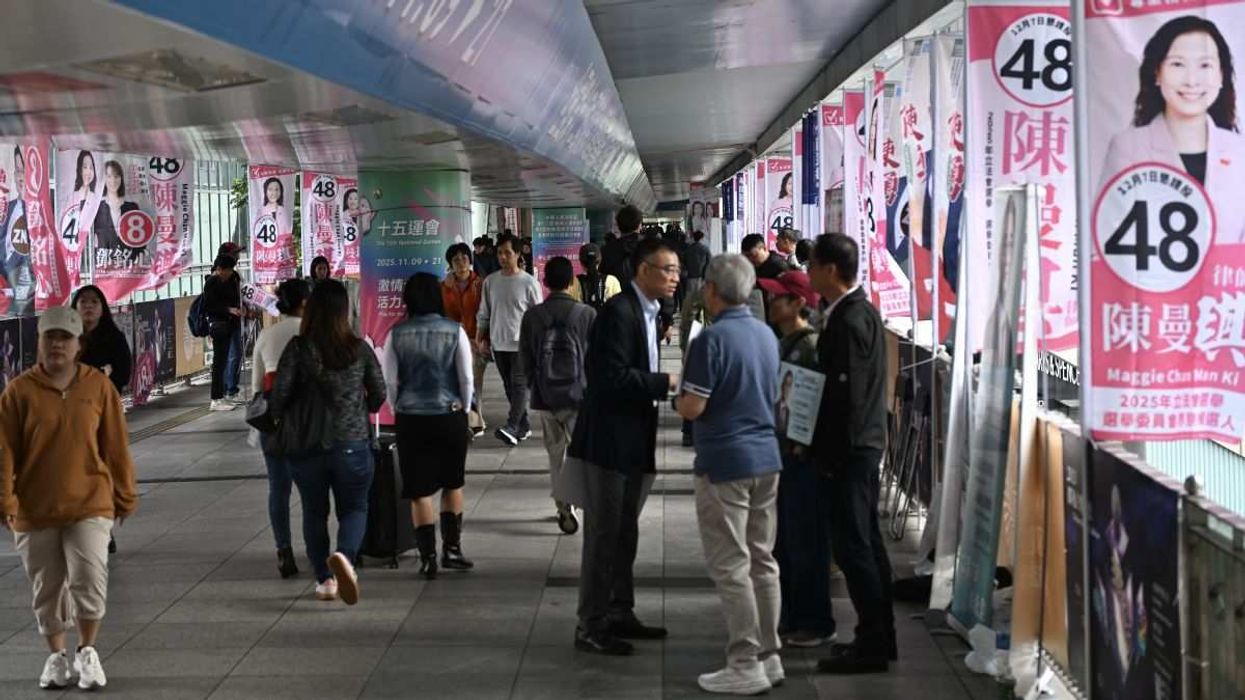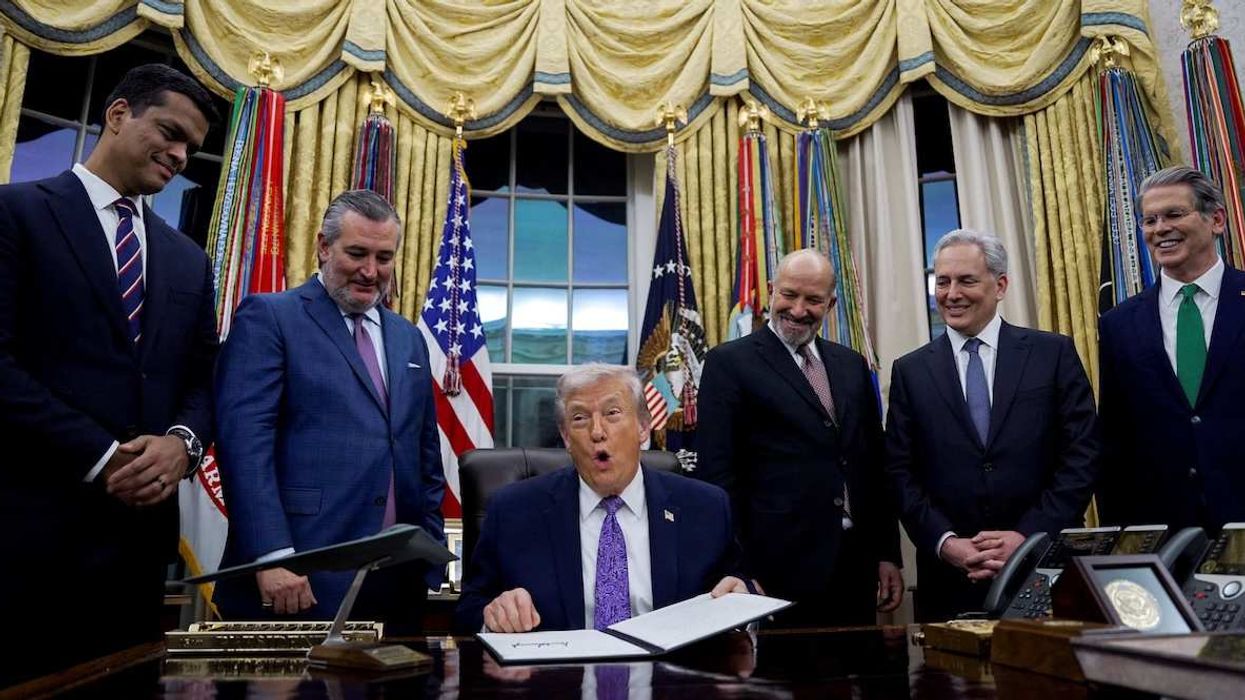Global semiconductor supply chains have some big resistance points that threaten to make microchips a macro-geopolitical flashpoint. On Tuesday, US President Joe Biden will visit Taiwanese chipmaker TSMC’s facility in Arizona, where he'll spotlight the White House’s efforts to ramp up US chip manufacturing amid the US-China chip race.
____________________________
In technology, as in geopolitics, a little resistance can make all the difference. Consider semiconductors, the nearly invisible microchips essential for running everything from our computers to our cars to our cruise missiles. They work by doing something deceptively simple: They use carefully calibrated resistance to slow the flow of electricity through a circuit in ways that make computing possible. The smaller they get the more powerful our devices become.
The trouble is, global semiconductor supply chains have some big resistance points of their own, choke points that threaten to make microchips a macro-geopolitical flashpoint.
America’s Democrats and Republicans don’t agree on much, but there’s a consensus at the top of both parties that Chinese advances in digital technologies, especially in supercomputing, threaten US national security. In particular, supremacy in quantum computing by one country could make it impossible for another to encrypt government and personal communications and data. US tech firms, increasingly shut out of Chinese markets, share these worries.
For now, the US is believed to have a significant technological edge over China, and Washington wants to keep it that way. That helps explain why the US has used export controls to deny Huawei and other major Chinese tech companies access to cutting-edge, US-made hardware and software.
But there’s a larger semiconductor-specific geopolitical problem for both the US and China: The vast majority of the world’s most powerful and sophisticated semiconductors are produced on the disputed island of Taiwan, which Beijing regards as a renegade Chinese province and which Washington, despite carefully crafted diplomatic language, still treats as a de facto independent nation.
The company at the core of the semiconductor question is the Taiwan Semiconductor Manufacturing Company, TSMC, a $550 billion company that holds about half the global market for semiconductors and produces about 90% of the most advanced chips. Headquartered on Taiwan's north coast, TSMC sits at the geographic heart of the tensions that divide America and China, and its strategically vital product will only become more essential to the smooth functioning of the global economy as computing power grows exponentially and more digital products are connected to the Internet of Things.
Political leaders in China and the United States know that if a military confrontation shut down TSMC, a shortage of semiconductors would cripple dozens of economic sectors in both countries and in every region of the world. They also know they need to make themselves less vulnerable by sharply increasing the percentage of advanced chips manufactured within their borders. Finally, both know this ambition will be enormously expensive for many years.
Many in Taiwan see TSMC as a “platinum shield” that protects the island’s security because China can’t force Taiwan to unify with mainland China without risking a war with the United States that might destroy the company, which Beijing considers a strategic prize.
China’s leaders also know that the production of semiconductors depends as much on human expertise as on machinery and state-of-the-art factories. Murmurings of a Chinese attack on Taiwan – even just a naval blockade – could create a massive tech brain-drain of the most talented engineers, who might flee the potential battleground for a warm welcome in the West.
For all these reasons, China can’t move on Taiwan until it has much more confidence that it can control what happens to TSMC and the semiconductor industry.
For better and for worse, the Taiwan chip dilemma creates a kind of digital-age mutually assured economic destruction that has so far helped limit the risk that US-China tensions create real conflict.
This comes to you from the Signal newsletter team of GZERO Media. Sign up today.
